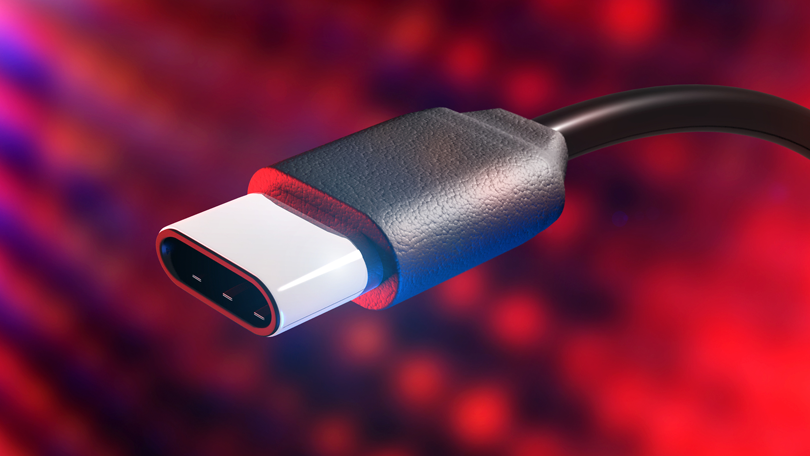USB began as a useful but limited port for plugging keyboards, mice and printers into PCs. It later swept aside Firewire and other ports as faster speeds let it tackle more demanding tasks. It proved useful for charging phones as the mobile revolution began, paving the way for its use delivering power, not just data. The 240W Extended Power Range option means USB likely will expand its turf yet again.
Cables supporting 240 watts will have additional requirements to accommodate the new levels. And USB-IF will require the cables to bear specific icons “so that end users will be able to confirm visually that the cable supports up to…240W,” USB-IF said in the specification document.
With the change, you can also expect a new look for lower-power cables, called Standard Power Range. “For USB Power Delivery, each cable assembly is identified as being either only usable for Standard Power Range (SPR) operation or usable for both SPR and Extended Power Range (EPR) operation,” the specification says. Today’s higher-power cable products, which can carry current up to 5 amps, will be replaced by EPR cables.
A capacity of 240 watts is enough to run larger monitors, workstations, gaming laptops and other devices. Dell’s UltraSharp 32-inch 4K monitor has a peak power usage of 230 watts, for example, the same level as HP’s 17-inch Omen gaming laptop.

USB’S EXPANDING UTILITY
It isn’t, however, enough for everything. Try NewEgg’s power supply calculator to see how a gaming PC with a higher-end video quickly surpasses 240 watts. Laser printers can also draw a lot of power.
The power boost led the USB-IF to add a long section to the USB-C standard with advice about how manufacturers can prevent problems from electrical current arcing through the air between the USB-C plug and port when you unplug a device. But you can still expect some small zaps.
“The goal of arcing mitigation is not necessarily to entirely prevent arcing but to prevent damage to the connector pins due to arcing that may still occur,” the document said.
USB-C is the relatively new variety of oval ports and reversible cables, a design that means you no longer have to worry which side is up on plugs. The design also means the same cable works on phones, tablets and PCs. The USB-C specification isn’t the only one covering how USB ports and cables work. Today’s mainstream USB 3.2 and brand-new USB 4 govern how data is sent over cables, while USB Power Delivery governs how devices negotiate with chargers and other devices.
The USB PD specification has been updated to version 3.1 to accommodate the 240W power level, USB-IF said.
One port USB hasn’t managed to displace is Intel’s Thunderbolt. With USB 4, it’s caught up to Thunderbolt’s 40Gbps speed by actually embedding Thunderbolt technology.
But USB 4 is rare, just arriving now in newer laptops, and Thunderbolt offers some reliability advantages. Thunderbolt uses a laptop’s USB-C ports through a repurposing called “alt mode,” but not all USB-C ports support Thunderbolt.
Alt mode also can let you plug in external monitors’ HDMI and DisplayPort cables into USB-C ports. However, HDMI cables remain commonplace, and rumors suggest Apple could be restoring the HDMI port after years of offering only combination USB-C/Thunderbolt ports.



